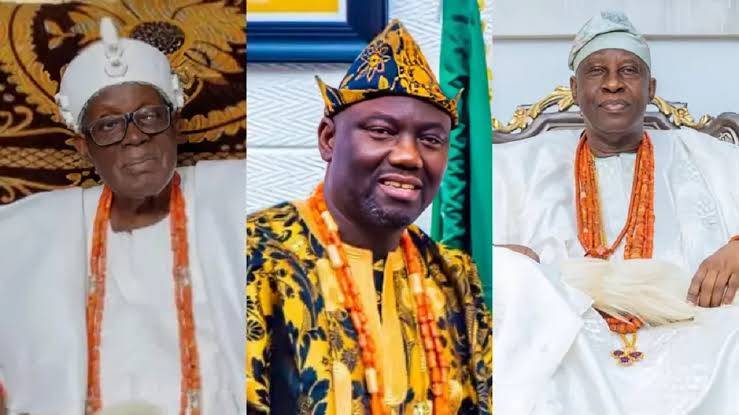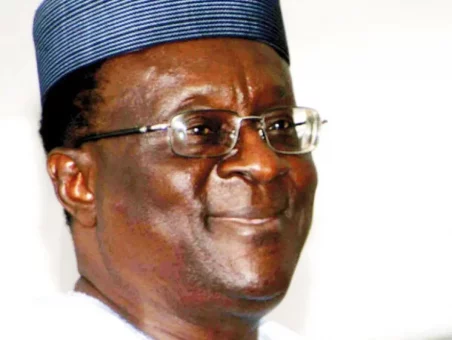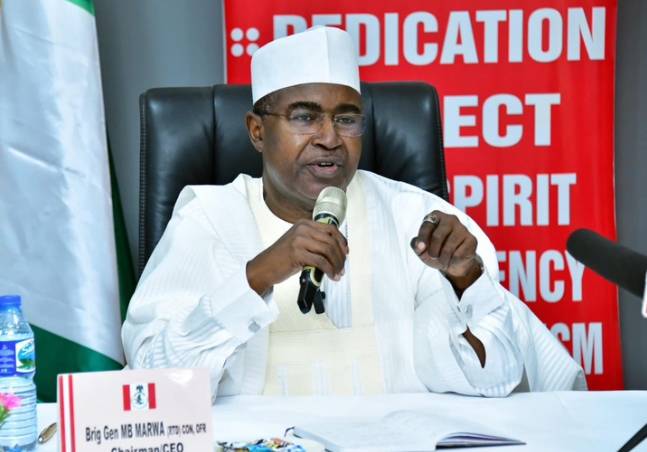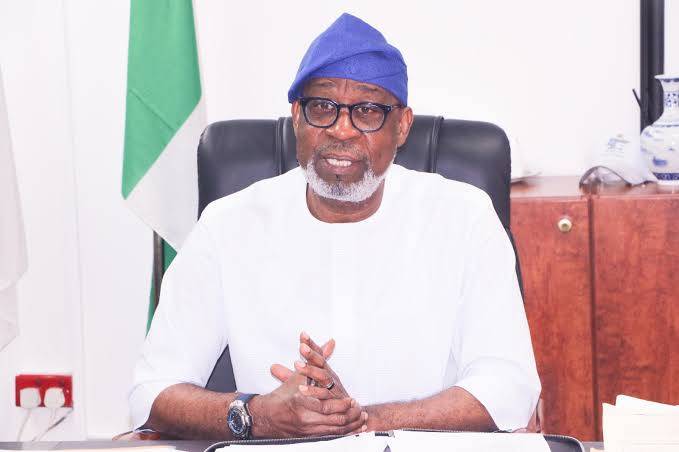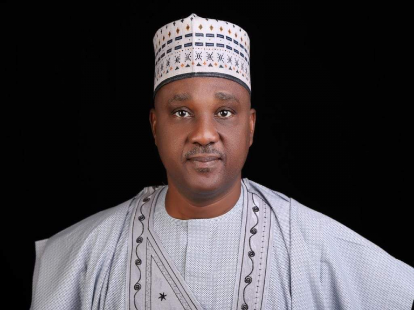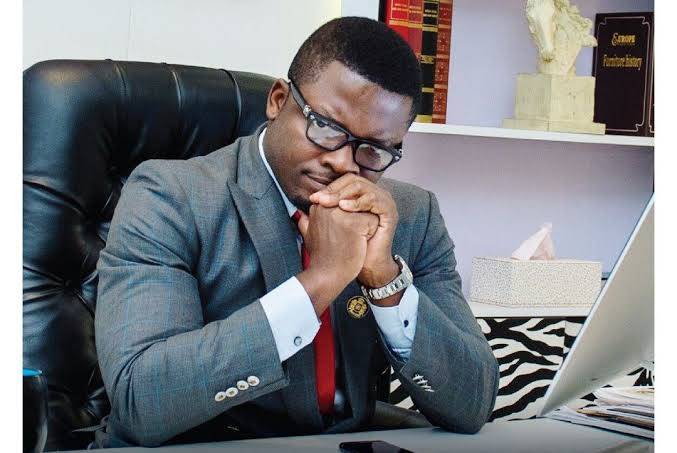By Emmanuel Oladesu
A renewed power struggle is creating tension among three foremost traditional rulers in Oyo State. Like their predecessors, Governor Seyi Makinde and the House of Assembly may not find it an easy nut to crack.
The tension cannot be totally doused by legislation, litigation and force. History connects the three monarchs, their domains, the natives and the residents.
The bone of contention is: who should preside, permanently, over the Oyo State Council of Obas and Chiefs? The poser is about the hierarchy among the Alaafin of Oyo, Oba Akeem Owoade; the Olubadan of Ibadan, Oba Owolabi Olakulehin, and the Soun of Ogbomoso, Oba Ghandi Laoye.
The Traditional Rulers Amendment Bill being considered by the House of Assembly had proposed the Alaafin as the permanent chairman, the Olubadan as the deputy chairman and the Soun as the vice chairman. The Alaafin was naturally comfortable with this arrangement, which affirms his historical superiority and supremacy over all Oyo towns and villages in the old Oyo, Oke Ogun and even Osun divisions.
But the Olubadan and the Soun kicked against the proposals. Instead, they suggested a rotational chairmanship, which they believe would foster equality and, in their view, equity. The House of Assembly adopted the second view and proposed a rotational chairmanship among the three monarchs.
The proposal has not gone well with the Alaafin. To his people, the government is trying to trample upon culture, tradition and history. They are reminding Governor Makinde and the House of Assembly that there is a pending case before the court on the controversy.
Reminiscent of the past, there is an ego tussle among the three royal fathers. It may be difficult to arrive at an amicable resolution of the long-standing conflict due to the lack of fidelity to history. Many historians are taking sides in this highly controversial matter due to sentiments. Others are rewriting history, thereby peddling falsehood and worsening the confusion.
The controversy is not alien to the state. It started in the old Oyo State. The leadership composition of the traditional rulers’ council led to a quarrel between the Alaafin, the late Oba Lamidi Adeyemi, and the Ooni of Ife, the late Oba Okunade Sijuade, the type of rift that never reared it ugly head in the early days of the same Alaafin and the late Oba Adesoji Aderemi.
Following the appointment of the Ooni as the President/Permanent Chairman, the Alaafin protested. He reminded the government that he was the king of Yoruba in the pre-colonial days. To prove his case, he alluded to the Oyo Empire, which covered all Yoruba land, up to Ilorin, parts of Lokoja and Popo in Benin Republic. The Alaafin also pointed out that during the Kiriji War, his grandfather, Oba Alowolodu Adeyemi’s correspondence with the British showed that he was recognised as the number one monarch in Yorubaland and his authority was undisputed.
Oba Adeyemi III was well versed in Yoruba history, tradition and culture. He had also read widely. Thus, he came up with quotations from British papers in the archives and notable history books by Rev. Samuel Johnson, Prof. Ade Ajayi and Prof. Akinjogbin, among others.
But Oba Sijuade’s response also appeared lucid, reasonable and logical. Ile-Ife, he said, is the cradle of the Yoruba race where the progenitor, Oduduwa Ateworo, the grandfather of Oranmiyan, who was the first Alaafin, called the shots in the beginning. Thus, he argued that the stool of Ooni is sacred and all Yoruba crowns evolved from Ife.
To buttress his claim to superiority, Oba Sijuade, reminded his contenders that when an Ooni (may be, Derin Ologbenla, who was also Baale of Oke-Igbo), had cause to leave his palace at Ife for Lagos as a guest of the Colonial Governor of Nigeria, all the monarchs in Yoruba land, including the Alaafin, vacated their palaces and relocated to the outskirts until the Ooni returned. It was in reverence for the supremacy of the Ooni as the head of the household of Oduduwa, the father of the race.
In protest, the Alaafin shunned the meetings of traditional rulers. When it was made rotational, the Ooni also refused to attend meetings. At that time too, the Owa Obokun Adimula of Ijesaland complained that his interest was not considered.
The crisis was resolved when Osun State was calved out of the old Oyo State. The Ooni naturally became the head of the Obas’ council in Osun. In Oyo, the struggle has continued.
After the collapse of Oyo Empire and the incursion of British interlopers, monarchs under Alaafin’s domain started, more or less, to assert independence. It was not sudden. But the colonial masters, after a study of the local imperial structures, even tentatively shifted their administrative headquarters from Ibadan to Oyo.
What the colonial authorities met on the ground was the Suzerain; the Alaafin was the overlord, with a great influence, consenting authority and the power to approve the appointment of heads of Ibadan, Ogbomoso, and other towns in Oke Ogun. So powerful were the Alaafins of yore that one of them, Ajagbo, created the title of Aare Ona Kankanfo and made him the Generalissimo of Yorubaland.
The usual practice, as was the case in Ibadan, reputed to be Alaafin of Oyo’s military outpost, was for a man of valour to climb the hierarchical leadership ladder before becoming Balogun, Basorun, Aare and Baale through merit, with His Royal Majesty sending a high chief or viceroy from Oyo to put on his head the Akoko leave, as a mark of approval.
But the Alaafin was also empowered to approve any application by Ibadan leaders to levy wars. He retained the power, up to 1920s, to also depose any baale in Ibadan, just as Alaafin Siyenbola Ladigbolu sanctioned Baale Shittu, son of Aare Latoosa, who later went on exile.
Kingship in Ibadan of old was not hereditary. The crown never came from Ile-Ife. But the brave soldiers, who came from all parts of Yoruba land and assembled at Ibadan for military exploits that shook the entire race, built a prosperous city worthy of pride and established a stable system of administration and a pattern of traditional succession that has endured.
It is to the credit of Ibadan soldiers that Yoruba never came under the feudal rule of the Fulani. When the Fulani/Hausa soldiers nursed the dream of dipping the Qur’an in the Lagos sea, the ambition was truncated at Osogbo by Ibadan leaders.
Ibadan became the most populous city in West Africa; a city of commerce and economic opportunities. Its geographical centrality to the Yoruba positioned it as the headquarters of Western Region.
Like Ibadan, Ogbomoso had played a big role in the defence of Yoruba territory. Three Aare Ona Kankanfos – Toyeje, Ojo Aburumaku and Ladoke Akintola – came from the town. It is the second largest city in Oyo State. When the rift between Alaafin Adeyemi III and the late Soun Jimoh Oyewumi Ajagungbade blew open in the media over seniority, the Alaafin came up with publications that suggested that his father crowned his father as Baale.
Apparently, former Oyo State Governor Bola Ige had these historical facts in mind when he declared that Olubadan and Soun were baales without ancient crowns and that they were promoted to obaship by Western State Military Governor David Medayese Jemibewon.
Ibadan frowned at the statement. The remark inflamed passion. Consequently, Ige’s Aare Alasa title was withdrawn and bestowed on the Ewi exponent, Lanrewaju Adepoju.
How to resolve the repressed tension between the Ooni and the Alaafin is the responsibility of the three monarchs, their brother obas and eminent Yoruba leaders.
Some people have suggested that making the Alaafin President of the Oyo Obas and asking the chairmanship to rotate between Olubadan and Soun would be fair.
Others suggest that the old traditional hegemony had collapsed in these modern times.
But there is a need for the government to promote further dialogue among the three traditional rulers to foster understanding, friendly relationships and peace in the council.
Culled from The Nation


